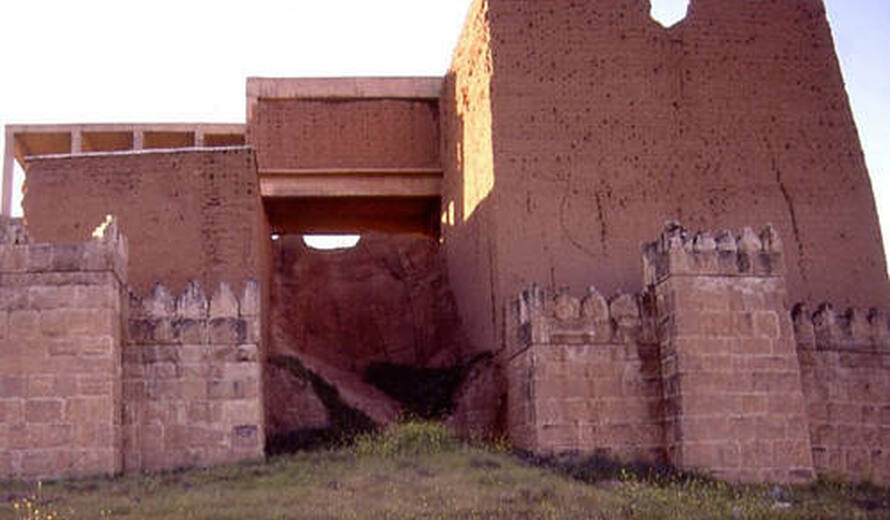

"The city of Irisagrig is only known from other tablets," he says.
#ANCIENT CITIES IN IRAQ FULL#
"Southern Iraq is absolutely full of these mounds," she says.Īrchaeologists believe about 5,000 tells exist in Iraq, Frahm says. She has worked on Iraqi antiquities since the 1960s. "Don't forget, even if we take only ancient Iraq, it's 3,000 years - so they didn't live in just one or two cities," says Lamia al-Gailani, a British-Iraqi archaeologist with the Iraq Museum in Baghdad and the University of London's School of Oriental and African Studies. The remains of thousands of other ancient towns and cities likely exist under other mounds, archaeologists believe. Thieves dug hundreds of holes into the tells - the mounds under which the ancient city is buried - after security collapsed following the 2003 U.S. Umma itself is one of the most heavily looted of all known ancient sites in Iraq. According to one of the cuneiform tablets, it took four days to tow boats upstream from Umma, a better-known ancient Sumerian city, giving Molina a rough probable location of the lost city in the south of the country.

Those tablets marked the first time archaeologists were known to have seen the name Irisagrig. It was based on inscriptions of other looted tablets that surfaced after the 2003 invasion of Iraq. Apart from the loss of the artifacts themselves, crucial information placing them in the context of where they came from is also lost when undocumented objects are removed from their original sites.įrahm says a database established by Spanish archaeologist Manuel Molina and others guided him in determining the origin of the Hobby Lobby antiquities. Looting intensified in the security vacuum after the 2003 invasion of Iraq. Objects from archaeological sites in the south have been prone to wide-scale smuggling since the 1990s, particularly due to southern Iraq's porous border with Kuwait, according to archaeologists who specialize in Iraq. The world's first civilizations sprung up between the Tigris and Euphrates rivers in what is now Iraq. The museum said in a statement last July that "None of the artifacts identified in the settlement are part of the Museum's collection, nor have they ever been." Last November, Hobby Lobby president Steve Green, the son of the craft store chain's founder David Green, opened a Museum of the Bible in Washington, D.C., which contains another $201 million worth of ancient artifacts tied to Hobby Lobby. In May, about 3,800 objects were handed back to the Iraqi government at a ceremony at its Washington, D.C., embassy, and will be returned to Iraq later this year. In a settlement last year with the Justice Department, Hobby Lobby agreed to forfeit the objects and paid a $3 million fine. They'd been purchased by Hobby Lobby for $1.6 million. Shipped from the United Arab Emirates and Israel without declaring their true Iraqi origin, some of them were marked "ceramic tiles" or "clay tiles (sample)." The roughly 250 tablets Frahm examined in 2016 were among 5,500 objects, including ancient cylinder seals and clay seal impressions known as bullae, smuggled into the U.S. "You could argue that this is a lost city because this place has never been properly excavated and you don't even know exactly where it is," Frahm tells NPR.īut looters know. "My main goal was to provide a general assessment from when and where did these tablets actually originate."įrahm determined the tablets at the center of a federal case against the Oklahoma-based Hobby Lobby arts and crafts chain were from a place few had ever heard of - an ancient Sumerian city called Irisagrig. They had infestations of salt in them, so it's not that I could say I had been able to read everything," says the Yale University professor.


 0 kommentar(er)
0 kommentar(er)
